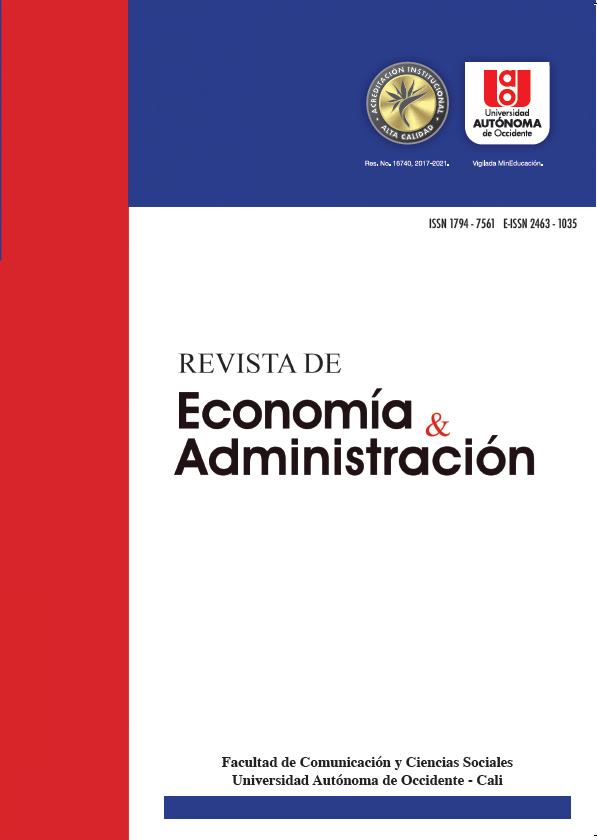Keynes Vs. Mankiw: Differences in Monetary Theory
Abstract
This paper discusses the main differences between monetary theory developed by John Maynard Keynes, in his General Theory of Employment, Interest, and Money, and Neoclassical Keynesianism, as outlined in Professor Gregory Mankiw´s textbook. For doing this, we analyze the structure of neoclassical Keynesianism, its assumptions and the monetary theory implicit in both the short and the long term, then we contrast this with the monetary ideas of Keynes. The central finding is that the contrast between those analytical trends leads to important differences in monetary policy, as well as to different perspectives on the stability of the market economies and the structural reforms thereof.
Downloads
Copyright (c) 2019 Revista de Economía y Administración

This work is licensed under a Creative Commons Attribution-NonCommercial-NoDerivatives 4.0 International License.
Al enviar los artículos para evaluación, los autores aceptan que transfieren a la Revista de Economía y Administración derechos para su publicación en cualquier formato o medio. Para aumentar su visibilidad, los autores autorizan el envío de los documentos a bases de datos y sistemas de indización, o para ser consultados de manera gratuita y electrónica en https://revistas.uao.edu.co/ojs/index.php/REYA, así como en las bases de datos donde la Revista se encuentra registrada. A su vez, los autores serán responsables del contenido de los artículos; por lo tanto, no comprometen los principios o políticas de la Universidad Autónoma de Occidente, ni de la Revista de Economía y Administración y los miembros de sus comités.


